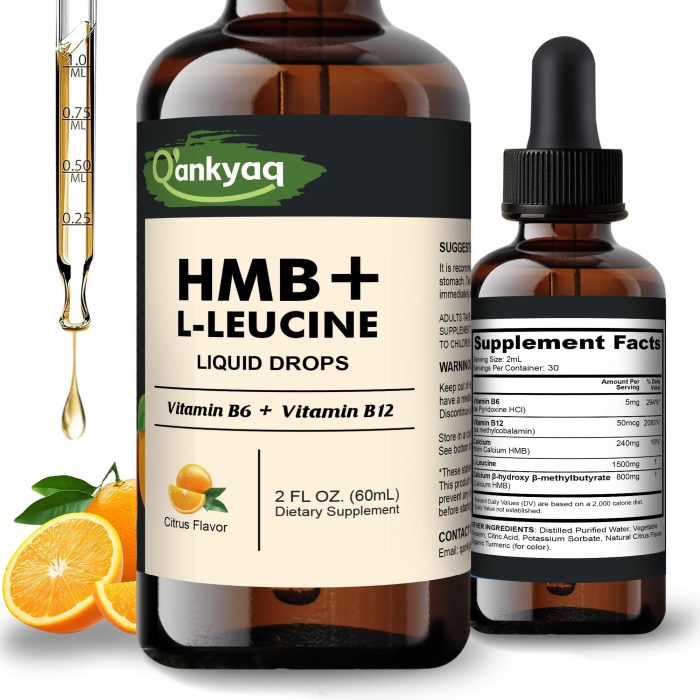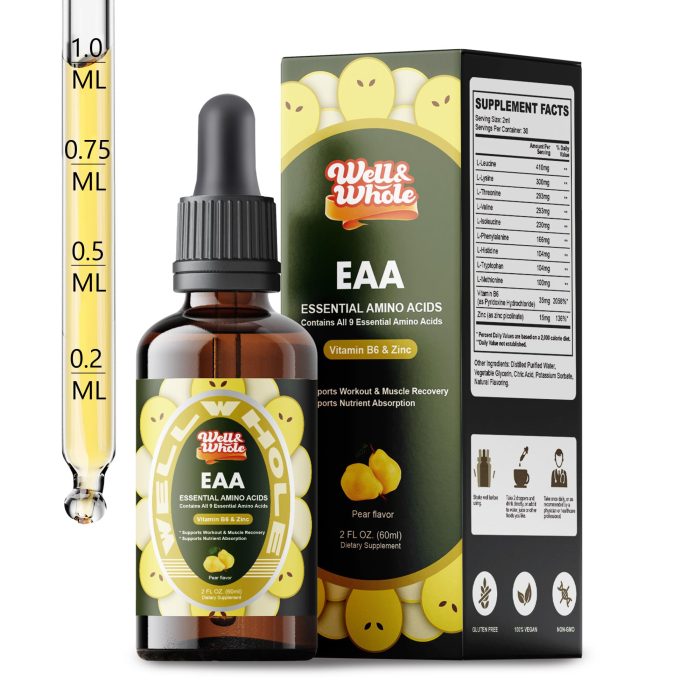When discussing nutrients and their interactions within the human body, amino acids often emerge as powerhouses in protein synthesis, energy production, and cellular repair. To truly appreciate their versatility, it’s essential to examine how they behave under varying conditions. One fascinating inquiry concerns their chemical properties in acidic environments and whether they act as acids or bases. Let’s unravel this complex yet intriguing question with some actionable insights.
Amino Acids: Fundamental Building Blocks
Amino acids serve as essential components in human health, famously forming the backbone of protein. Structurally, they consist of an amine group (-NH2), a carboxylic acid group (-COOH), and a distinct side chain (R-group) that defines their unique characteristics. This structure inherently gives amino acids dual properties—they can act as acids (proton donors) or bases (proton acceptors) depending on environmental conditions.

In an acidic pH, which is typically below 7, things become intriguingly nuanced due to the protonation (addition of hydrogen ions). Such environments are common in the stomach, where digestive processes thrive at low pH levels. Understanding these interactions is vital for industries, including the formulation of wellness products, such as those offered by Well&Whole, which prioritizes optimal nutrient composition.
Acid or Base? The Dual Behavior of Amino Acids
The behavior of amino acids in an acidic pH is defined by their amphoteric nature—meaning they can act as both acids and bases. Here’s a breakdown of what happens:
- Protonation of Amine Group:
In acidic conditions, the amine group (-NH2) readily accepts a proton, transforming into (-NH3+). This demonstrates the base-like property, where the amino acid neutralizes excess hydrogen ions, contributing to acid-buffering capabilities. - Carboxyl Group Retention:
The carboxylic acid group (-COOH), already in its acidic form, remains protonated in these conditions. It does not donate protons under such environments, essentially refraining from acting as an acid.
Thus, amino acids in acidic pH primarily exhibit base-like characteristics, contributing to stability in biological systems by absorbing excess protons.
Why Does This Matter for Health?
The biochemical behavior of amino acids in acidic environments has direct implications for their stability and performance in health-focused products. For example:
- Stomach Functionality: Acidic conditions ensure proteins are broken down effectively, with amino acids playing a critical role in maintaining enzymatic activity and nutrient bioavailability.
- Anti-Stress Impact: Amino acids neutralizing excess acidity can provide relief in conditions like acid reflux, aiding digestive comfort.
- Formulation Strategies: When crafting products such as supplements or protein powders like those offered by Well&Whole, understanding pH interactions allows manufacturers to optimize amino acid stability, ensuring longer shelf life and maximum efficacy.
A study published in The Journal of Nutritional Biochemistry highlights amino acids’ buffer potential, emphasizing the importance of their amphoteric properties within human metabolism. This is particularly crucial for supplements aimed at replenishing deficiencies or boosting performance.
Why Choose Well&Whole For Amino Acid-Based Products?
At Well&Whole, we understand that precision and science-backed formulations are pivotal in delivering superior health benefits. Our products harness the adaptive chemistry of amino acids, ensuring they support your body’s needs seamlessly, whether for recovery, energy, or overall well-being. By selecting high-quality ingredients and leveraging advanced pH optimization techniques, we promise solutions that work effectively in diverse conditions.
Practical Takeaways for Consumers
Here’s what you can do to maximize the impact of amino acid supplements:
- Pair With Balanced Diets: Consuming amino acids alongside proteins ensures optimal absorption and functionality.
- Monitor Stomach Health: A pH imbalance (e.g., overly acidic conditions) may alter how amino acids function, emphasizing the importance of gut-friendly formulations like those from Well&Whole.
- Focus on Bioavailability: Choose premium products designed to withstand variability in digestion and metabolism.
As research continues to uncover the wonders of amino acids, it’s clear that understanding their behavior, especially under acidic pH, empowers consumers to make educated health decisions. Learning the science behind your supplements underscores the quality and dedication brands like Well&Whole uphold for enhanced vitality.
Boost your wellness journey today—because your health deserves nothing less than superior care.









